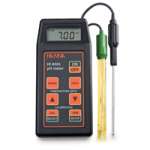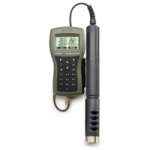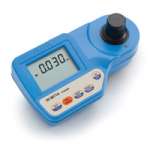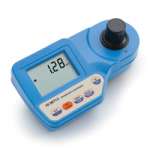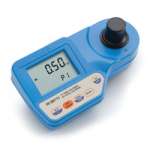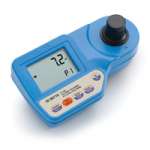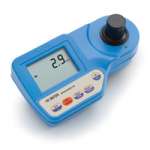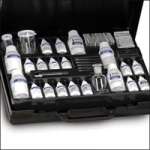
Keranjang
HANNA HI 83740-01
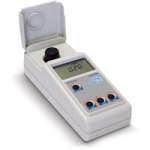
| Kategori | HANNA |
| Di lihat | 972 kali |
| Harga | Rp (hubungi cs) |
Detail Produk HANNA HI 83740-01
 Grapes normally accumulate only a small amount of copper by natural translocation from roots. Unless exposed to significant airborne pollution or vineyard sprays, increased concentrations in wine result from contamination during post fermentation processing, like contact with non stainless steel equipment and as impurities in fining agents and filter media.
Grapes normally accumulate only a small amount of copper by natural translocation from roots. Unless exposed to significant airborne pollution or vineyard sprays, increased concentrations in wine result from contamination during post fermentation processing, like contact with non stainless steel equipment and as impurities in fining agents and filter media.
The copper concentration in wine is normally low, less that 0.10 to 0.30 mg/ L ( ppm) , because excess copper is precipitated during fermentation due to adsorption onto the yeast cells. This adsorption and precipitation can reduce the initial copper concentration with 40 to 89% . At higher concentration copper plays an important role in catalyzing oxidation reactions of wine phenols.
It is important to check the copper content both in must and in wine, because at levels about 9 mg/ L ( ppm) copper becomes a metabolic toxin that inhibits or delays alcoholic fermentation, and concentrations exceeding 1 mg/ L ( ppm) may be sensorially detected and should be avoided.
Other copper related problems can be manifested as formation of white haze ( in white wines) and later as a reddish brown amorphous precipitate. This precipitated “ casse” develops only under the strongly reducing conditions found in bottled wines. It has been found that this casse is a mixture of copper compounds and proteins.
HANNA’ s HI 83740 is an invaluable instrument to monitor this crucial parameter in the winemaking process.
Order Information:
HI 83740-01 ( 115V) and HI 83740-02 ( 230V) are supplied with sample cuvettes and caps ( 2) , reagents for 5 tests ( HI 83740A-O, HI 83740B-O, HI 83740C-O, HI 83740D-O) , 20 mL glass vials with caps ( 2) , 1 mL plastic pipette ( 2) , 3 mL plastic pipette ( 2) , spoons ( 2) , cuvette cleaning cloth, 12 VDC adapter, batteries, instructions, instrument quality certificate and rugged carrying case.
